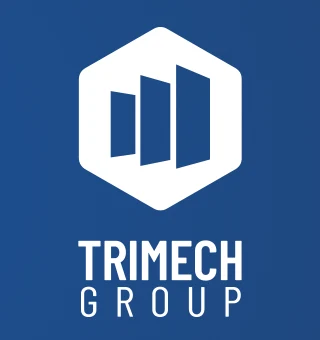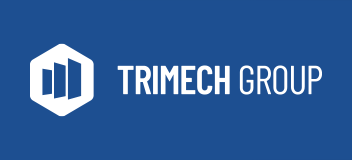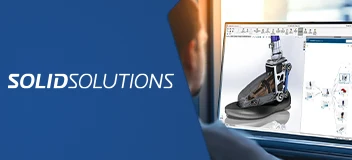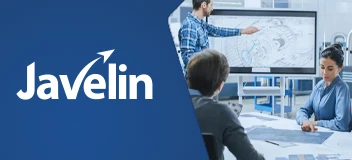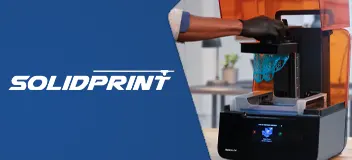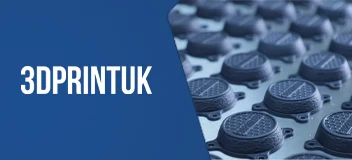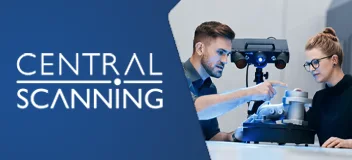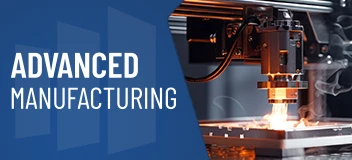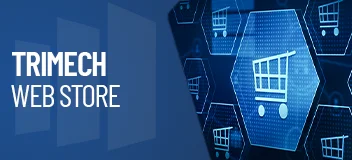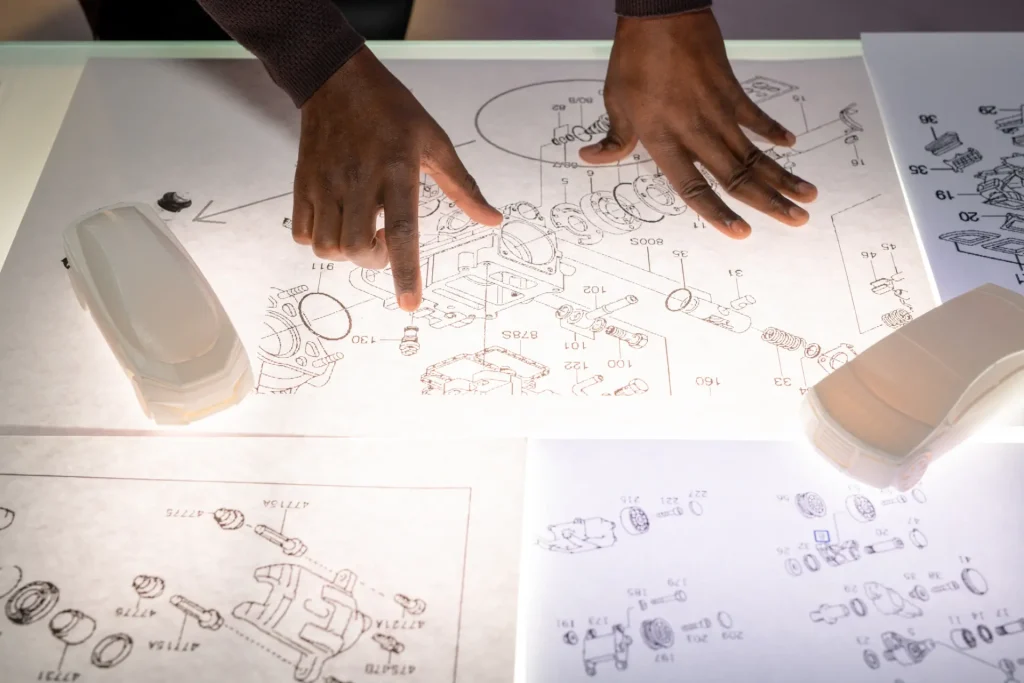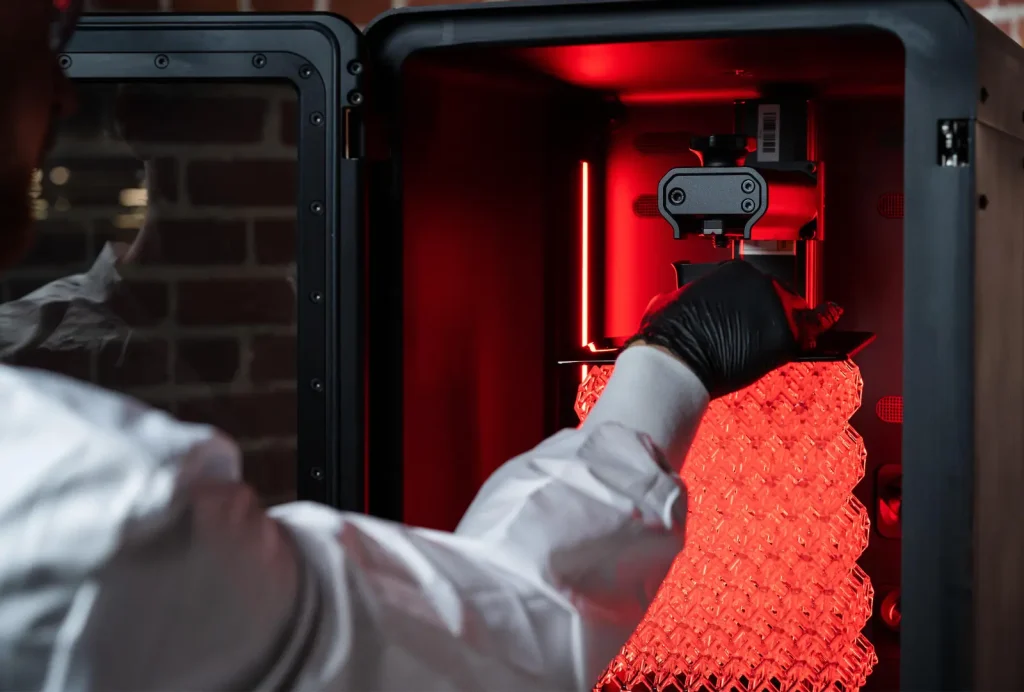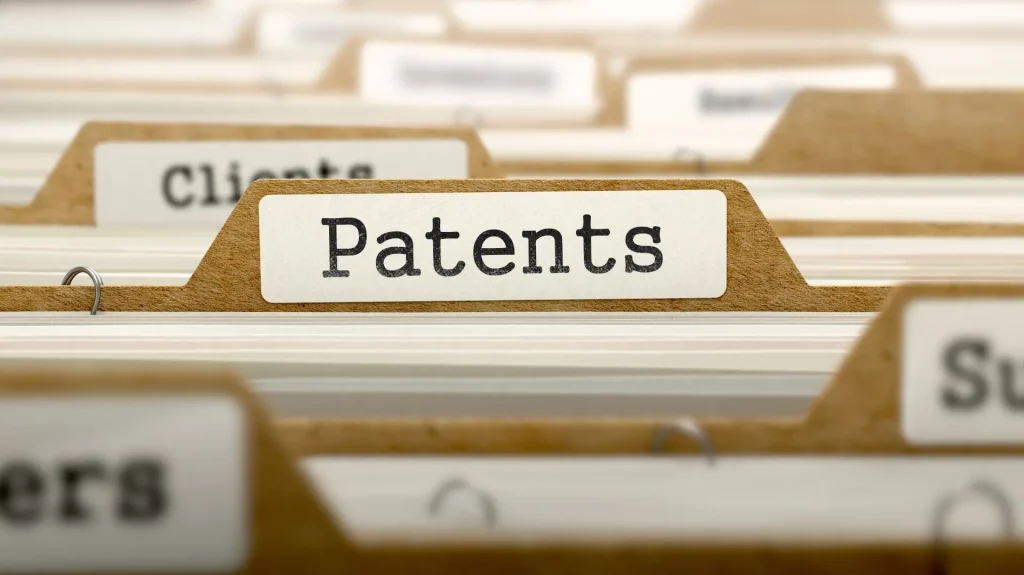How to Choose the Best Product Development Company for Hardware
A good hardware product development company gives you access to specialized expertise and resources that can mitigate risks, streamline processes, and ultimately help your products succeed. This article summarizes 6 key factors to consider when choosing a product development company or invention design firms.
Factor 1: Deep Understanding of Your Product
Even the most technically capable company can fail your project if they don’t “get” your user, market context, and business goals. A company that truly understands your product won’t jump straight into design. They’ll first dig deep into your problem.
They typically ask questions such as: Who are your target users and what challenges do they face? How do they interact with the product and its environment? What does your competitive landscape and product positioning look like? What is your current funding and timeline expectations?
They need to have relevant domain experience and be able to discuss topics like: market realities such as target retail price points, regulatory environments or certifications, performance expectations, e.g. battery life for wearables.
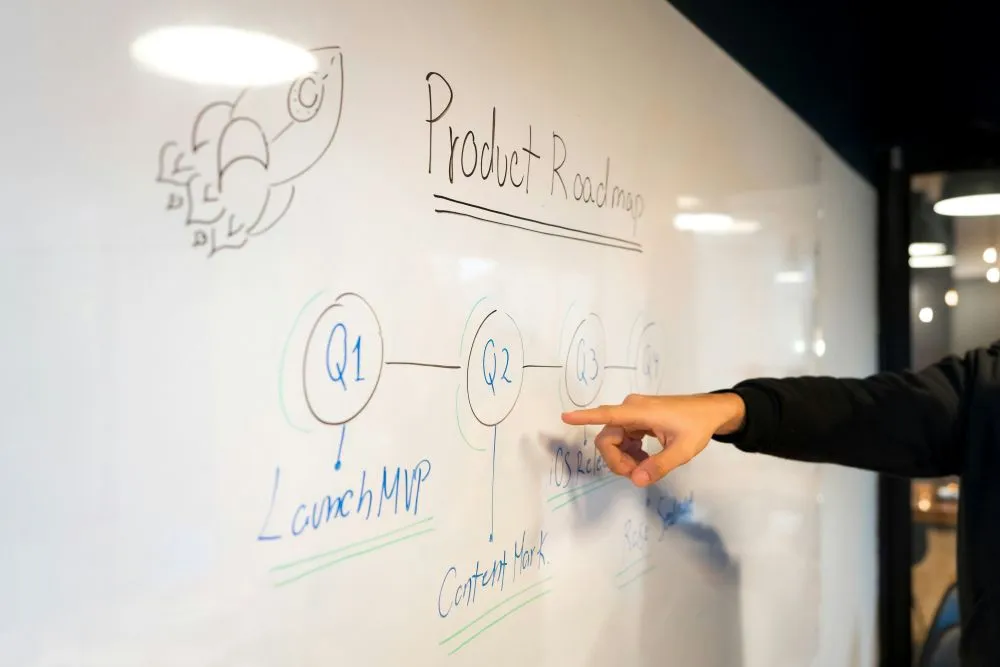
Product Roadmap
Factor 2: Full-Service Support from Concept to Launch
The capability of handling everything from concept to production can make the difference between a smooth launch and a fragmented process.
Hardware development involves multiple disciplines, and many companies only focus on some parts of the product development process – not end-to-end services, while others commonly outsource certain stages.
A reliable hardware development company should demonstrate technical skills and experience across disciplines under one roof, which helps accountability and seamless handoffs across every stage.
Review their team structure to see if they have the necessary capabilities:
- Industrial design: Ergonomics, aesthetics, user experience – the communication between engineering and industrial design teams should be smooth.
- Mechanical and electrical engineering: CAD, PCB design, firmware integration – there shouldn’t be compatibility issues between mechanical, electrical, and firmware components.
- Prototyping capabilities: 3D printing, CNC, PCB fabrication, and assembly.
- Design for Manufacturing (DFM): Make sure that the design decisions align with manufacturing realities.
- Testing and compliance: Experience with safety, performance, and certification processes.
Also, review their project portfolio to identify work in similar categories or industries, or projects that demonstrate the style or challenges comparable to your own product.
Factor 3: Access to the Right Resources
The right resources, including people, tools, and technology, are critical to turning your concept into a successful product. A well-equipped partner ensures efficiency, quality, and scalability throughout the process.
Key resources that you should look for:
- Talents: with experienced designers, engineers, strategists, and project managers that are forward thinking to keep up with new technologies and enable custom features to your product.
- Tools: for CAD, PCB design, simulation and analysis, PLM, rapid prototyping, testing and validation.
- Prototyping facilities: 3D printing, CNC machining, PCB assembly, integration of electronics and enclosures.
- Manufacturing network: DFM expertise, supplier relationship, sourcing knowledge, experience with quality control and assurance, tooling design resources.
Factor 4: Cost & Budget Alignment
Determining if a hardware product development company is offering fair pricing can be tricky because costs vary widely based on scope, complexity, and quality.
However, there are ways to evaluate fairness, so that you can avoid overpaying or buying less costly work that will cost you more later.
A fair quote should clearly outline:
- Scope of work: concept design, mechanical and electrical engineering, firmware, prototyping, DFM, etc.
- Deliverables for each phase: each phase should have at least 2-3 tangible deliverables, with payment milestone tied to these outputs. This ensures you know exactly what you’ll receive and allows for review after each phase based on results.
- Estimated timeline: a realistic project timeline should align with your key deadlines including product launches, funding rounds, or major industry events. Be sure to share these early with your potential partners.
- Payment structure: a clear payment structure should be tied to progress, not upfront lump sums.
- Included vs excluded costs: check for other associated fees such as prototype materials, IP certification fees, tooling, IP and design file handover .
You can ask the company to show you how the pricing is structured and how costs are allocated. Also, you can ask for a breakdown of costs and compare these estimated to industry benchmarks, such as hourly rates.
You rarely get good quality, quick delivery, and a low price at the same time. A smart way to start is by clearly stating your budget, so that firms can offer realistic solutions that deliver the greatest value for your investment.
Factor 5: IP Protection & Confidentiality
Look for a company that is willing to sign a Non-Disclosure Agreement (NDA), has clear IP ownership terms in the contract, guidance on working with patents, and clarified rights over tooling, CAD files, source code, firmware, etc.
Be cautious with companies that don’t agree to transfer intellectual property (IP) or design files upon project completion.
Factor 6: Effective Project Management
In hardware development, project management is just as important as designing and engineering skills because you’re juggling mechanical, electrical, firmware, prototyping, suppliers, and testing all at once.
Clear updates and efficient planning ensure your products launch on time, especially when working across multiple teams and tools.
Here’s how strong product development partners typically approach project management:
- Present phase-by-phase breakdown: from concept, design, engineering, prototyping, DFM, to production support.
- Include deliverables, timelines, and milestones for each phase.
- Show a clear communication plan (who, when, how).
- Clear, proactive, and consistent communication.
- Structured documentation and storage that keep project traceable.
Conclusion
Before reaching out to a product development partner, take time to define your idea clearly. Ask yourself: what is the core function of your product? Who will use it? What does the market look like? These answers will guide your research and help you choose a partner who aligns with your vision and goals.
Want to learn how we can support your product development? Contact TriMech Design for a free consultation.
Have a Product Idea?
Discover our product development services tailored to startups, small manufacturers, and inventors.
Design Newsletter
Get the latest news curated for designers, makers and inventors.
Product Design Experts related to this content:
Discover our team of designers, engineers, project managers, and problem-solvers.
Ryan Davidson, Account Executive, Product Development
Ryan Davidson is based in Toronto. As product strategist, understanding clients unique product vision and their eventual business goals is what he does best. Aligning TriMech Design services with these goals in mind is what he focuses on.
More from our Blog
Monument is an AI-Powered Personal Cloud Photo Storage Solution
Learn about what smart product design means to TriMech, with Monument! A personal cloud photo storage product that helps the user manage their photos and...
Green Engineering: Embracing Sustainability in Conceptualization and Design
Learn how green engineering, a discipline focused on creating products, processes, and systems. Can reduce environmental impact while enhancing efficiency and resource conservation.
4 Famous Innovations You Didn’t Know Were Accidents
Though inventions are often purposely designed and created, many of the world’s most famous innovations were actually accidental. Some of the most successful items and…
Need help with your Product Idea?
Tell us about your invention or product design idea and get the help you need design, build and bring it to market
